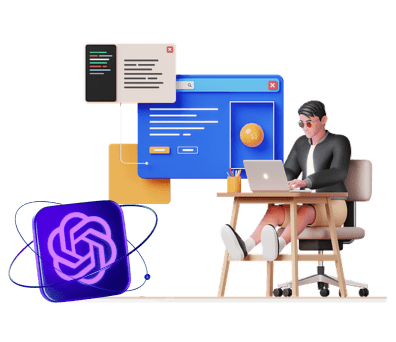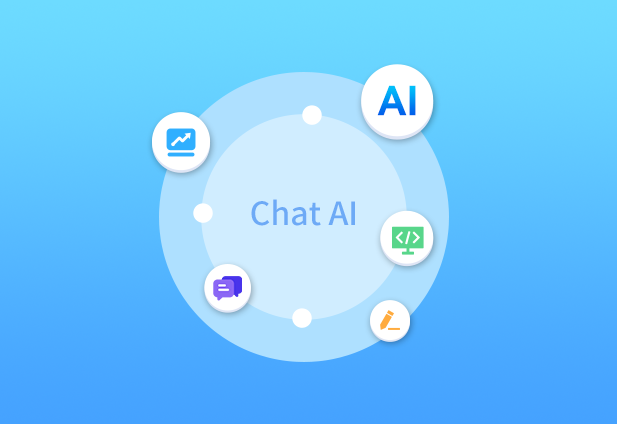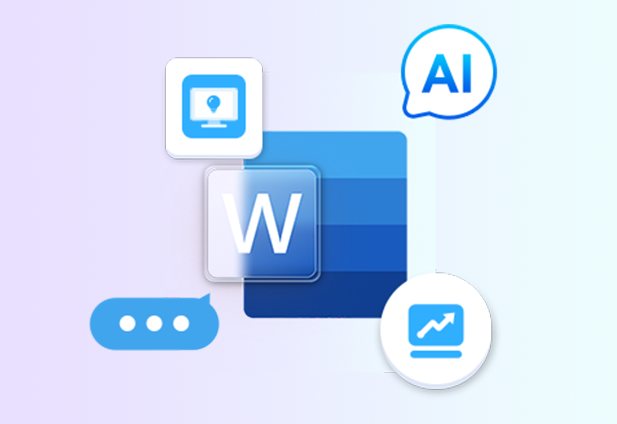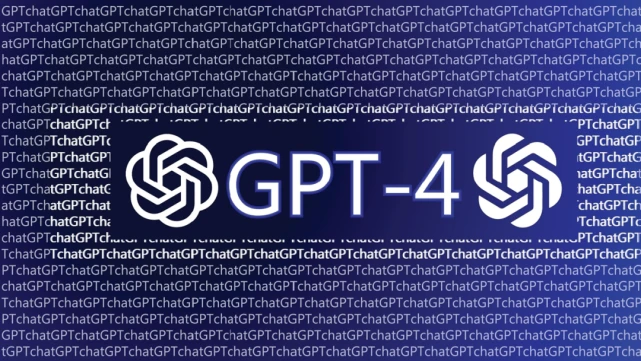Chatgpt deployment local
ChatGPT is an artificial intelligence based dialogue generation model launched by OpenAI, which can generate natural and logical dialogue content. Compared to traditional chat robots, ChatGPT can better understand the context and provide more accurate responses. This article will introduce how to deploy ChatGPT to a local environment. To deploy ChatGPT, we need to prepare the following steps. NN1. Ensure that the local environment meets the requirements: The deployment of ChatGPT requires a computer with good performance, and ensure that the Python runtime environment and related dependency libraries are installed. Nn2. Download the source code of ChatGPT: OpenAI provides the open source code of ChatGPT on GitHub, and we need to download the code file and save it locally. Nn3. Obtain model weight file: ChatGPT's model weight file can be downloaded from the link provided by OpenAI. These weight files contain trained model parameters for generating reply content. NN4. Configure runtime environment: Configure the relevant runtime environment in the local environment, including specifying Python versions, dependent libraries, etc. After completing the above steps, we can start deploying ChatGPT. NN enters the directory where the source code of ChatGPT is located through the command line. Run the ChatGPT startup script using the command line, specifying the relevant parameters. These parameters include the path of the model weight file, the input dialogue content, and so on. After running the script, ChatGPT will load the weight file and generate a response based on the input conversation content. We need to achieve dialogue and interaction between users and ChatGPT through a network interface. You can choose to use web frameworks such as Flask to create a simple web application that receives user input through a front-end page and sends it to ChatGPT. After ChatGPT generates a reply, the reply content is returned to the front-end page for display to the user. In order to improve the performance and user experience of ChatGPT, we can also make some optimizations. Load the model into memory to improve response speed, use caching mechanisms to avoid duplicate calculations, and use parallel computing to improve processing power. Deploying ChatGPT to the local environment requires preparation work, including preparing the environment, downloading source code, and obtaining model weight files. Run the startup script through the command line and achieve dialogue and interaction between the user and ChatGPT through a network interface. Optimize performance based on requirements to improve the response speed and user experience of ChatGPT. By deploying ChatGPT to the local environment, we can better control the process of dialogue generation and make customized adjustments according to specific needs. This provides greater flexibility and freedom for developers and researchers. Local deployment can also improve the speed and stability of dialogue generation, providing users with a better service experience.


















